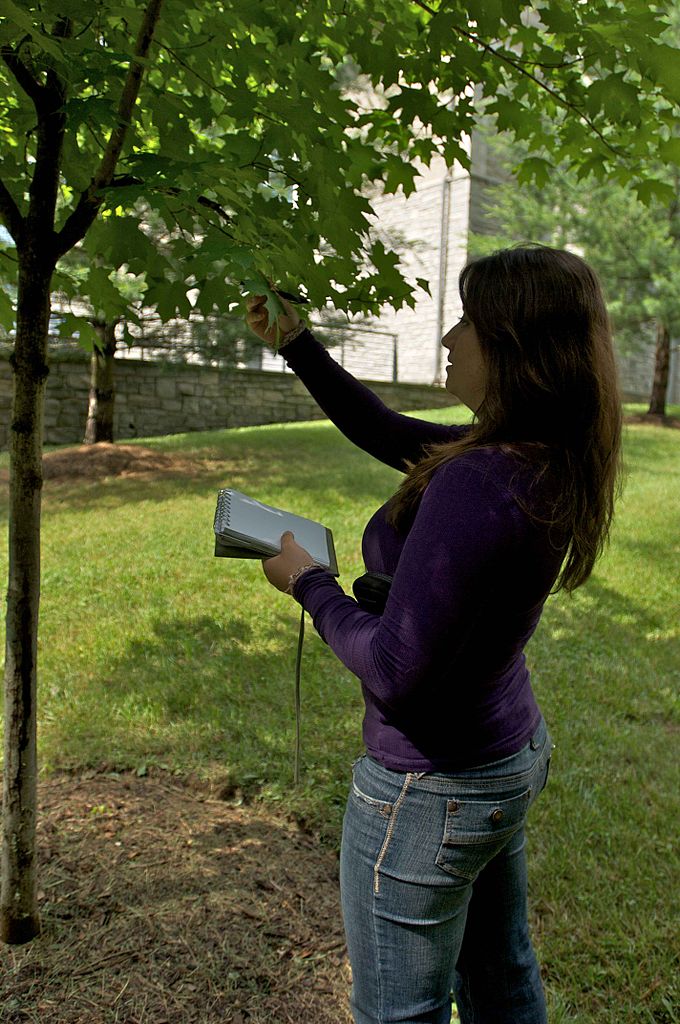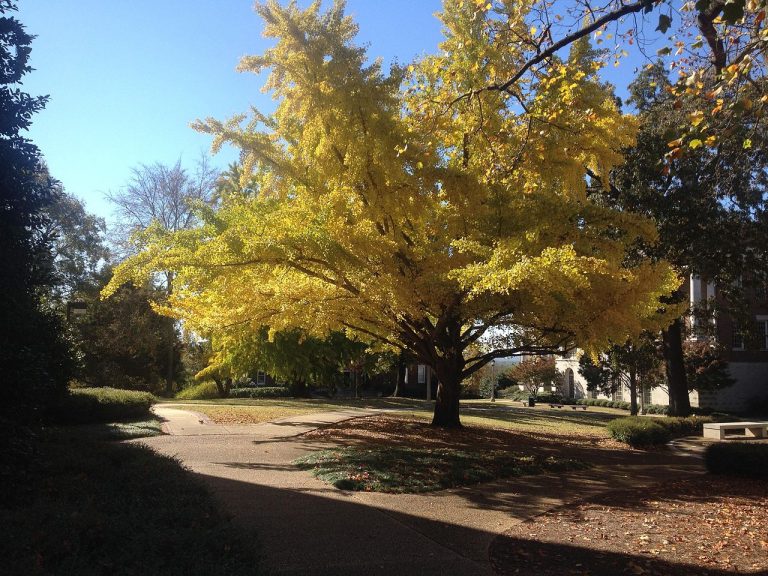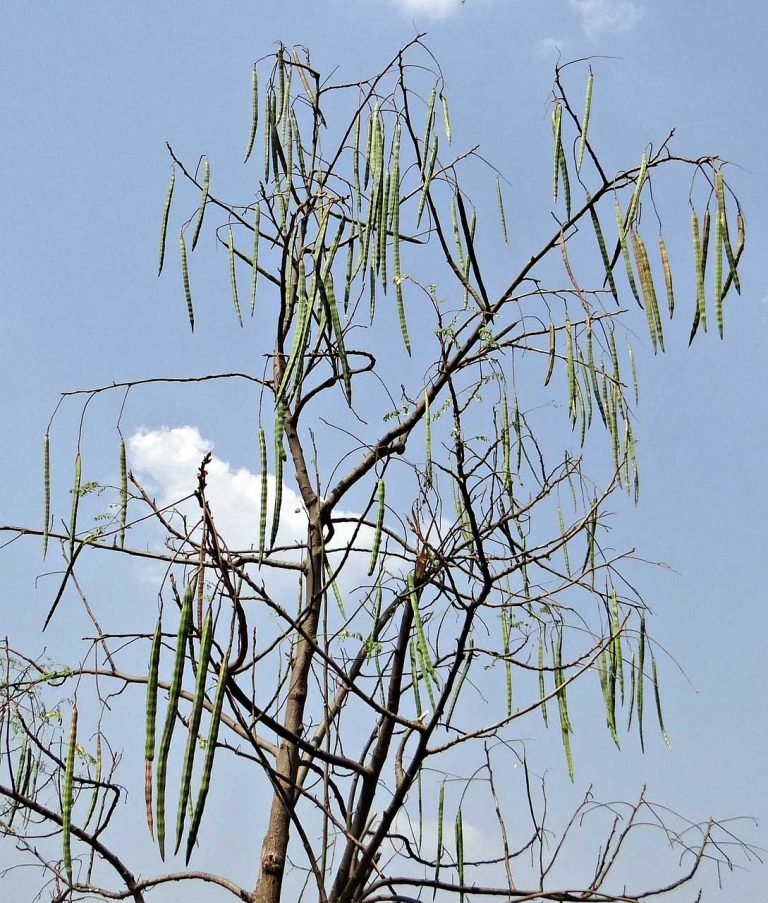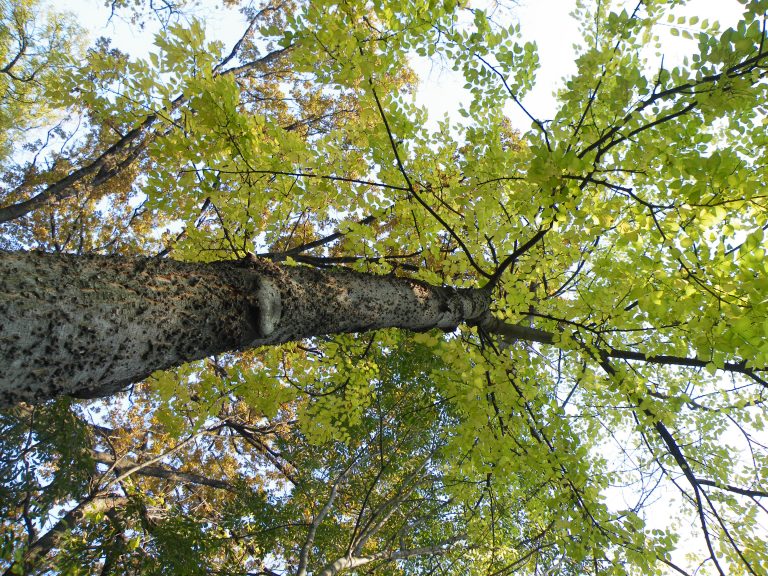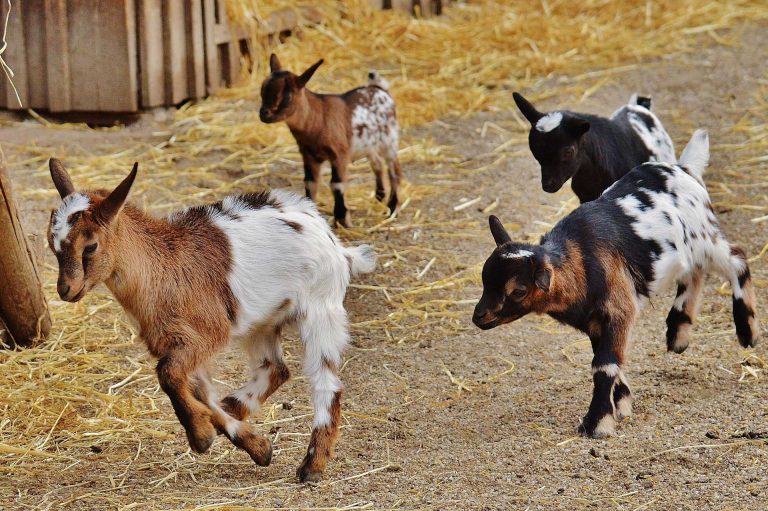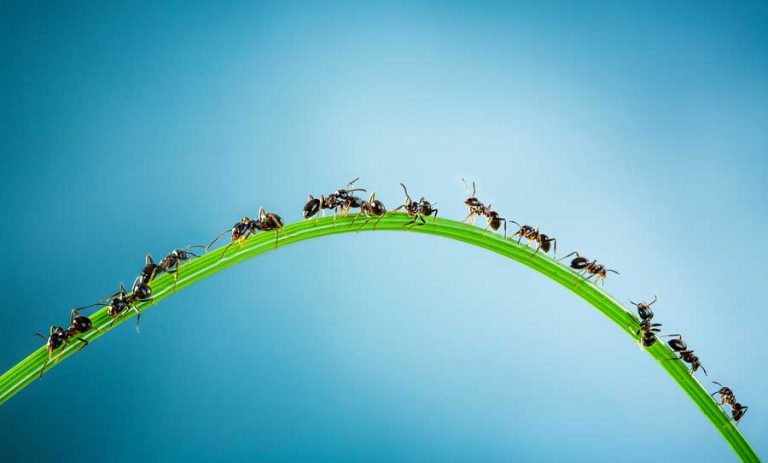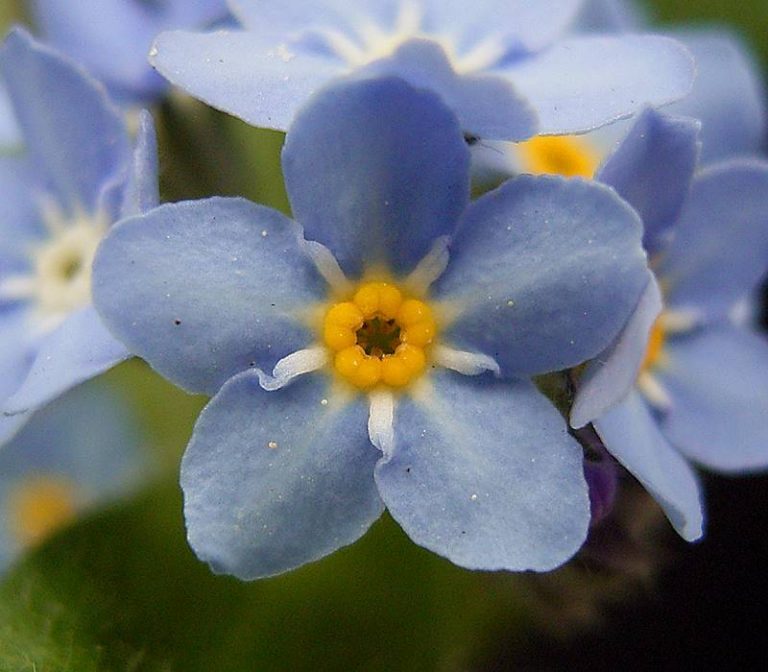Tree Identification
Trees play a variety of roles in our life. They provide the much-enjoyed shade on sunny days. Kids love climbing trees. They provide natural resources that include wood and paper. They provide medicines, fruits, and flowers. They provide shelter and a home to birds and animals. They add to the natural beauty of the landscape, a beauty that cannot be recreated. While trees may be similar in shape, they, certainly, are not the same. They differ in shape, size, types of leaves, and a lot of other things. Tree types change dramatically depending on geographical locations.
We can identify a lot of our native trees just by looking at their leaves, or we can use a tree identification guide. In fact the process of identification should include the examination of the flowers, including the petals, stamens, sepals and the like. In many of the cases, however, it is possible to identify the trees by a cursory examination of a few features like the twigs, leaves, the stem and the bark.
All 0f us love to gaze at nature and admire natural beauty, but not many of us have the essential skills even to identify or use the God given gifts that are available to us from nature. You may wonder how the identification of a tree, by looking at the leaves can be a very useful skill for us. Imagine you are caught in the wilderness all alone without any provisions, a knowledge of which plants and fruits are edible, which ones are toxic, can be a life saving skill indeed.
There are basically three types of trees with distinct leaf shapes that can help us in tree identification. A precise and exact identification can be rather difficult for beginners, a deeper study of the science of Botany can equip you with ample knowledge to identify the common trees in your locality.
The first type of leaves that we have to study are the needle shaped ones. There are two varieties here, the clustered ones and the ones with single needles that appear to radiate out from the branches.
Pine Tree
Those in the first category, the clustered ones, are pine and larch trees. These trees are characterized by fascicles of their needles. When the leaves are crushed, they give out an evergreen, woodsy scent that permeates the atmosphere.
Cypress Tree
The second type belongs to the family of evergreen trees that include the Cypress, hemlock and spruce families. You should be very careful about the leaves of such trees. Some leaves can cause allergic reactions. A few are poisonous when taken in.
Other Factors
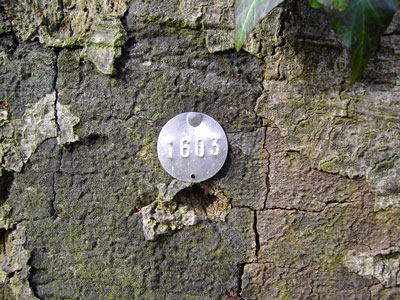
Photo by: Brian Robert Marshall
Different types of trees have their characteristic leaf patterns. There are leaves with teeth that are not lobed.
The different trees in the hardwood family often have lobes on the leaves. This can definitely vary with the species.
If you desire to identify trees with certainty, you have to consider other factors like size, seeds, fruits, bark and scent that will definitely help. An in-depth study of Botany will definitely help if you want to identify the different types of trees quite easily.
Modified leaves or scale leaves enclose the buds. These structures are protective and tough. They may possess colors. Some, as in the case of horse chestnut, can be sticky. The scale leaves leave distinctive scars on the twigs when they fall. The color, position and size of the bud can help us to identify the trees in winter, when the leaves are shed.
A careful look at the lenticels (Lenticels help gas exchange) can help when you make an examination of the twigs and shoots, Small areas on the stem, where the cells are packed less densely, are known as lenticels. These help in the exchange of gases by the trees. The lenticels can be round, small spots or very small slits. The colors of the lenticels can vary depending on the species.
The bark can help in tree identification of the more mature trees. The function of the bark is to protect the underlying tissues from any kind of damage. The dead cells in the outermost parts of the bark have their typical structure and color.

Having discovered a fondness for insects while pursuing her degree in Biology, Randi Jones was quite bugged to know that people usually dismissed these little creatures as “creepy-crawlies”.

